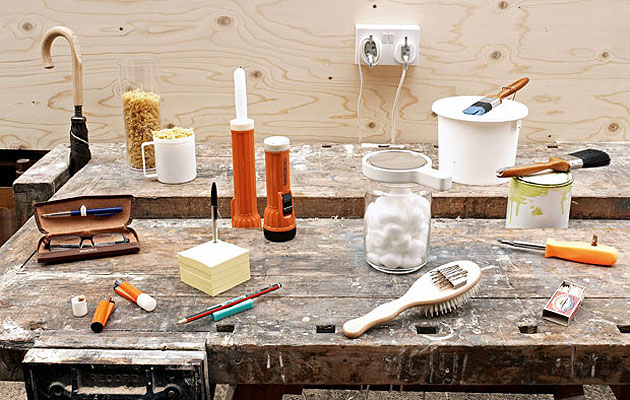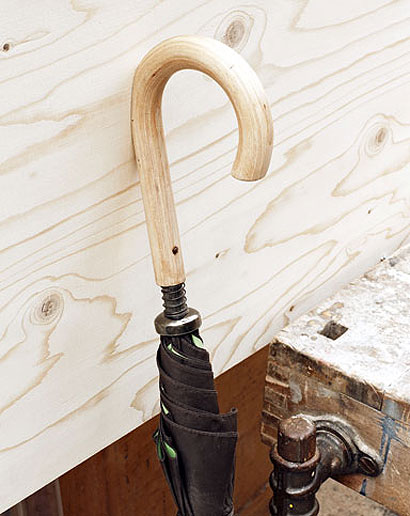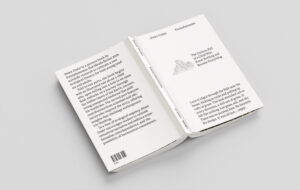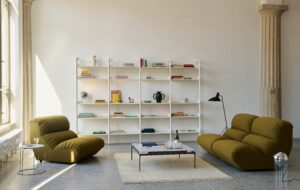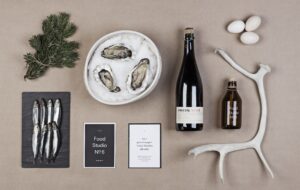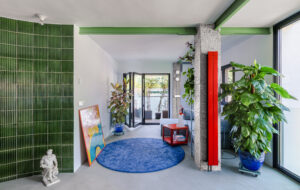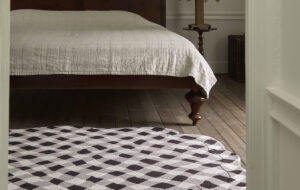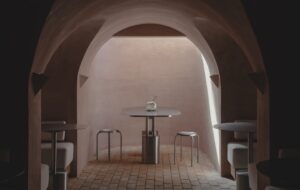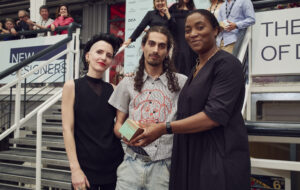|
|
||
|
John Harrison takes everyday objects and tweaks them to be more useful. It’s a clever second look at the life of mass-manufactured products In the hands of the user all objects have the potential to do more than one thing, even if it’s not the manufacturer’s intention. Keys become bottle openers, boxes become seats, railings become coat hooks. It’s called affordance, and we all do it. But for London-based designer Jon Harrison it has become an obsession to articulate an object’s affordance through design. It all started when Harrison studied at the Royal College of Art. “We were asked to create an object with two functions, but I thought of loads and decided to make them all,” says Harrison. The process resulted in such pieces as a torch-cum-candle holder, a paint brush with a handle that opens paint tins and an umbrella with its handle cut at an angle to make it easier to lean against the wall. “The purpose is to reduce the scanning of our environment,” says Harrison. “If you have a paintbrush and paint tin you automatically look for something to open the tin with.” The fascination for realising affordances in everyday objects has continued since Harrison graduated from the Design Products course in 2008. The collection now has 30 pieces and is still growing. Some of them are doomed to become nothing more than a rough prototype, but others, Harrison thinks, have potential to be put into production. “The paintbrush for example could easily be injection moulded,” he says. Harrison’s Dual Purpose collection ignores aesthetics, it’s simply an attempt at individualising mass culture. “When I first started I made a half-hearted attempt at designing, like the lid of the make up jar (14), but I quickly realised that this wasn’t the intention of the project,” says Harrison. Instead, it was about modifying existing objects, “making it feel like I own the object and the idea”. Although the process of tinkering with objects to give them additional functions can be seen as a craft, for Harrison the process has also been a cerebral one. As psychologist James J Gibson observed in The Psychology of Affordance, all objects have the potential to be something other than they seem, but it’s up to the user to find that function through intellectual deductions.
|
Image Angela Moore
Words Johanna Agerman |
|
|
||

